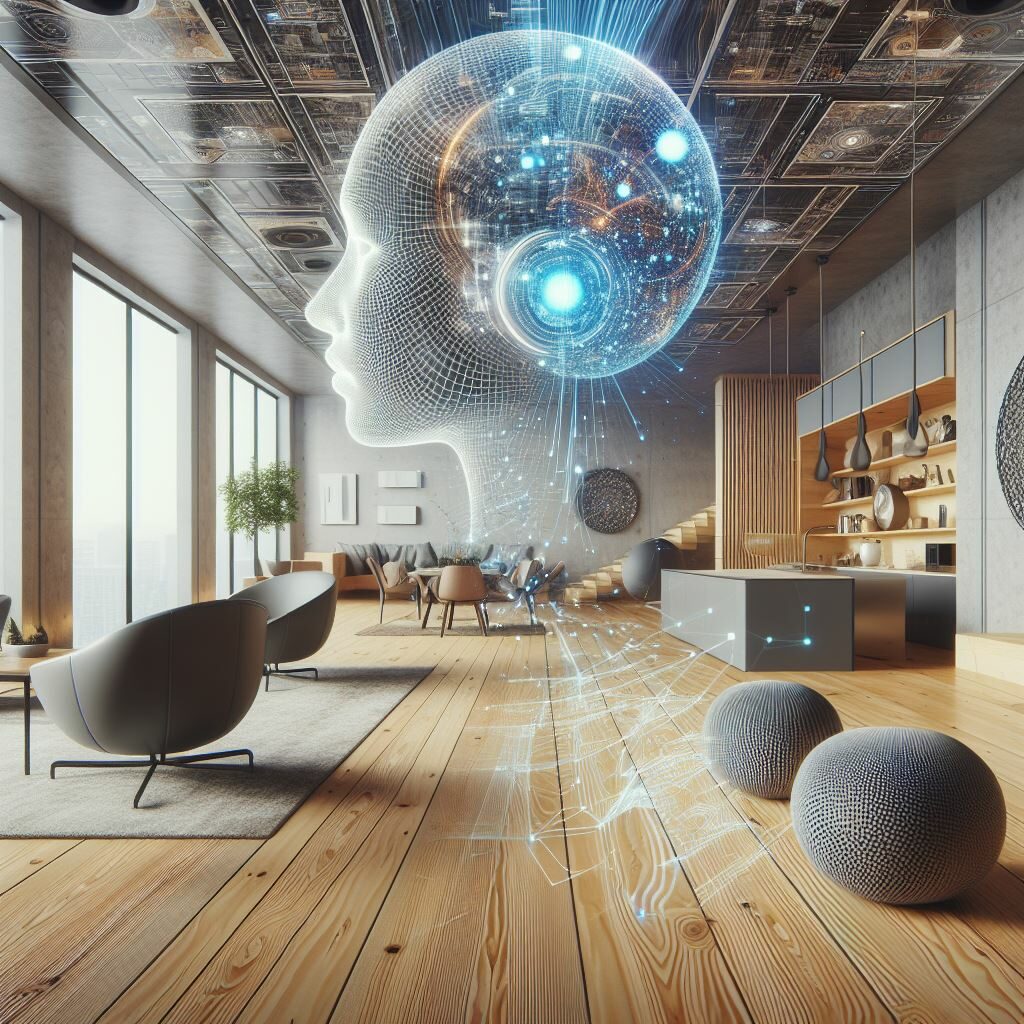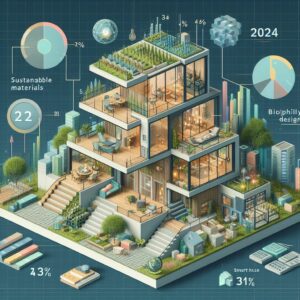How Generative Design AI is Transforming Interior Design Workflows
Interior design firms are racing to implement generative design AI tools like Spatial and GENESIS to completely transform their concept design process. These technologies help interior designers break through creative barriers and deliver design visions faster than ever.

Generative AI uses proprietary algorithms to produce endless layout and furnishing suggestions that meet specified design needs in mere seconds. By incorporating key parameter inputs like room sizes, styles, desired functionality zones, intended ambiance, and colour preferences – interior designers can leverage machine learning to unlock unprecedented ideation potential.
The AI rapidly generates hundreds of unique floor plans, material schemes, lighting plans and furniture arrangements. Designers can guide preferred directions by favoriting or rejecting room schemes, asking the AI to refine suggestions until striking the perfect combination of style, practicality and originality. This ability to instantly produce and iterate photorealistic 3D concept renderings provides staggering productivity benefits.
In fact, early generative AI adopters report average daily concept output increased by over 500% thanks to amplified ideation capacity. Design proposal turnaround times are slashed from weeks to days, accelerating client meetings. And 24/7 automatic concept generation frees up resources to focus on client interfacing, space planning, technical drawings and final design optimization.

Clearly generative AI delivers immense value, supercharging designers to create incredibly personalised spaces through amplified creativity. However, no algorithm can wholly replace human spatial reasoning and critical thinking. Sharp-eyed designers are still needed to review final layouts, identify impractical features, optimise ergonomics and validate constructability before final drawings. This technology should enhance design acumen rather than replace it.




